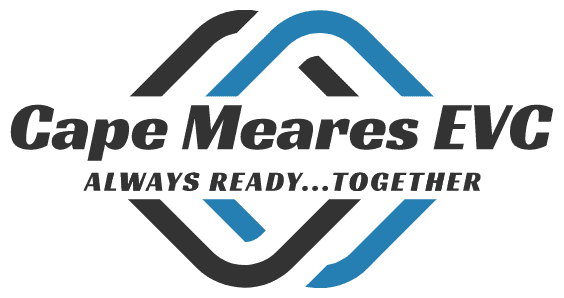We have compiled and organized important information in these pages to help you and your family prepare in advance and learn how best to respond to an emergency. You can find specific topics of interest in the drop down menu under the Emergency Preparedness heading, or click on the highlighted links below, to learn about the various dangers that exist and read information that is relevant for people in the community of Cape Meares: Earthquakes and Tsunami, Landslides, Storms, Power Outage, Structure Fire, Pandemic, Tips & Updates, how to Make a Plan in anticipation of a dangerous event, and what activities are in place to Prepare Your Neighborhood (PYN) in the event of an emergency, and Task Cards for your review, which will guide the response to an actual emergency.
Cape Meares is a small unincorporated coastal village about eight miles west of Tillamook, Oregon on the west side of Tillamook Bay. The proximity to the beautiful scenery and Pacific Ocean makes it both a popular tourist spot but also a location exposed to dangers.
The Cape Meares Emergency Volunteer Corps (CMEVC) serves the community of Cape Meares on behalf of the Cape Meares Community Association (CMCA). Formed in 2010, CMEVC leads the community’s efforts to promote a culture of preparedness and to develop and maintain mass care and incident responses for a variety of events, including power outages, flooding, landslides, wildfires, earthquakes, and tsunamis. CMEVC also maintains CMCA’s emergency supply sheds and assists locals, short-term rental guests, and other visitors to prepare for emergencies, like providing details on where to gather in case of a tsunami and the importance of having GoBags and extra supplies for emergencies.
Each neighborhood in Cape Meares has a captain for the Prepare Your Neighborhood (PYN) program, promoting mutual support during emergencies. CMEVC also sponsors local educational opportunities and works with similar organizations in Tillamook County who focus on increasing the resilience of our citizens, visitors, and communities.

